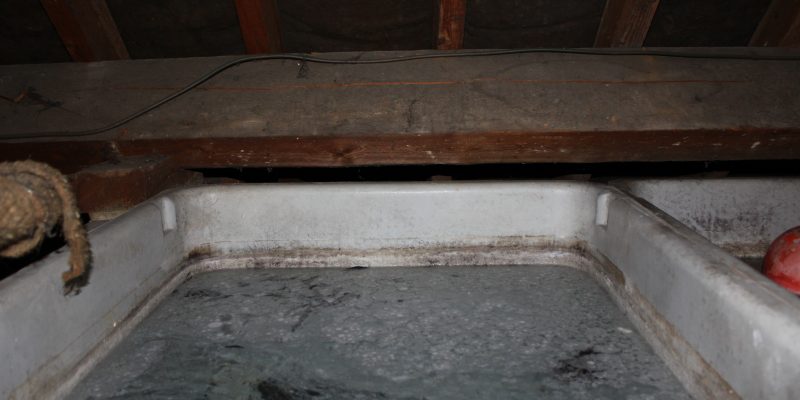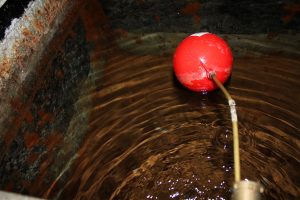It is well understood that legionella, a bacillary germ similar to pneumonia, causes severe health issues for humans. Recent cases of legionella infection have prompted industry figures, such as the Association of Plumbing and Heating Contractors, to speak out about the importance of quality materials and disease prevention training for those responsible for the control and maintenance of water systems.
The issue of prevention runs deep however, right back to the initial system design stage. A fundamental part of good water network design is rooted in understanding how the choice of materials used can affect the health of a system.
A system which is correctly designed from the beginning will encourage the correct flow of water without creating areas where water is stationary, stagnant and susceptible to the risk of bacteria growth, and potentially legionella contamination. ‘Dead Legs’ in a system, where a section of pipe contains unmoving water, are a major risk for legionella growth and eliminating these in the first place can go a long way to fighting waterborne diseases throughout the plumbing system.
The proliferation of bacteria such as legionella in water systems can pose a major health risk, particularly for vulnerable people such as the elderly. Recognising the severity of this issue, EU regulations were introduced to provide a consistent water quality policy for all member states during 2015, with more to come. The plumbing industry has a huge part to play in ensuring that quality control is maintained.
A customer’s roof tanks, in desperate need with a real risk of Legionella!
THRIVING BACTERIA
Legionella-based illness are contracted from inhalation rather than ingestion; the bacteria thrives particularly in water circuits where the temperature ranges between 25 to 45 degrees Celsius and is most commonly transferred by aerosol action, such as water vapours from air conditioning systems and faucets. The spread of this type of bacteria depends on certain key elements; the nature of the water, absence of circulation, ambient temperature, lack of on-going treatment, and sometimes the choice of materials used. It is therefore vital that these main criteria are adhered to when trying to avoid contamination of the water systems.
HEALTH & SAFETY
According to the HSE – L8 approved code of practice and guidance document, the growth of legionella bacteria in pipework can also be linked to biofilms essentially nutriment build up), which are in turn linked to the survival of waterborne bacteria. Good design and construction of a pipework network is key to optimum system functionally, yet the choice of materials used has also been found to substantially improve the health benefits too. Studies gathered by International Copper Association regarding cooper’s ability to destroy a wide range of bacteria, including legionella, show that copper kills at least 99.9% of bacteria within two hours of exposure.
Control of Substances Hazardous to Health regulations impose a responsibility on persons controlling premises, or its water system, to ensure that all harmful bacteria is minimised. Filtration and reducing the build-up of debris that can act as a nutriment source in water systems is an important step in minimising biofilm in the system. However, while copper is proven to have antimicrobial qualities and ongoing mechanical benefits, it should not be installed as a device for sterilisation or as a means of improving the potability of the water system.
Choice of material aside, good maintenance practice is paramount and without it bacteria growth in pipes can increase. Rigorous maintenance should be implemented to ensure all breakdowns in the network are minimised, which will in turn reduce the risk of bacterial growth developing in water that has sat in pipes for extended periods. Once installation is complete, it is essential that those charged with maintenance understand how to completed checks and report any concerns. If we take these points on board as an industry, we can minimise the proliferation of legionella bacteria and the threat of Legionnaires’ disease in our water heating systems.


